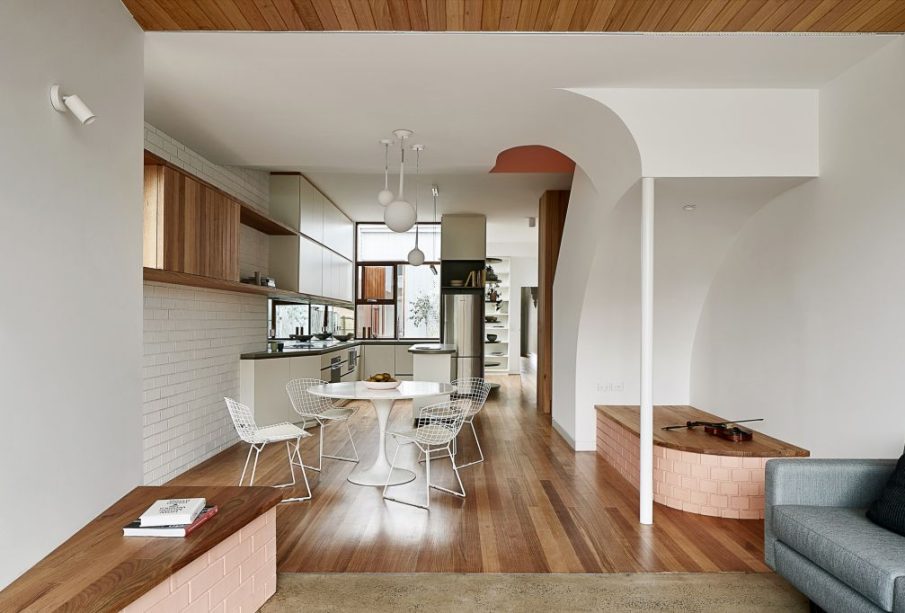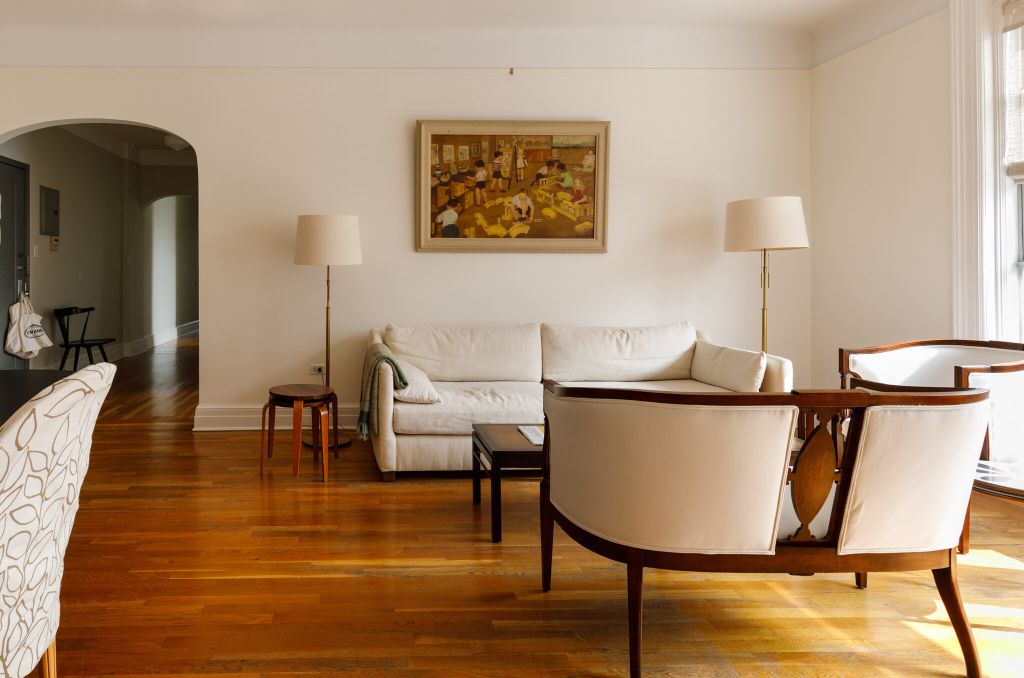The Art of Feng Shui: Balancing Energy in Your Home

Feng Shui, an ancient Chinese practice, focuses on creating harmony and balance in living spaces by arranging furniture and decor to promote positive energy flow, or “chi.” By incorporating Feng Shui principles into your home, you can enhance your well-being, boost your mood, and create a more harmonious environment. Here are some essential tips to help you balance energy in your home using the art of Feng Shui.
1. Clear Clutter
Clutter can block the flow of positive energy and create a sense of chaos in your home. The first step to achieving good Feng Shui is to clear clutter and create a clean, organized space.
- Declutter Regularly: Make it a habit to regularly declutter your home, getting rid of items you no longer need or use.
- Organize: Use storage solutions such as baskets, bins, and shelves to keep your belongings organized and out of sight.
- Cleanliness: Maintain a clean home by regularly dusting, vacuuming, and wiping down surfaces. A clean space promotes positive energy flow.
2. Optimize Furniture Arrangement
The arrangement of your furniture can significantly impact the flow of energy in your home. Proper placement can enhance comfort and promote a sense of balance.
- Command Position: Place key pieces of furniture, like your bed and desk, in the “command position.” This means positioning them so you can see the door without being directly in line with it. This placement helps you feel more in control and secure.
- Open Space: Arrange furniture to allow for easy movement and create open pathways. Avoid blocking doors and windows, as this can obstruct the flow of energy.
- Balance: Ensure that furniture is balanced within a room. Avoid overcrowding one side of a room while leaving the other side empty.

3. Incorporate the Five Elements
Feng Shui is based on the balance of five elements: Wood, Fire, Earth, Metal, and Water. Incorporating these elements into your home can create a harmonious environment.
- Wood: Represented by plants and wooden furniture, wood symbolizes growth and vitality. Add indoor plants and wooden decor to bring this element into your home.
- Fire: Represented by candles, fireplaces, and red or orange decor, fire symbolizes energy and passion. Use candles, lighting, and warm colors to incorporate the fire element.
- Earth: Represented by ceramics, stones, and earth tones, earth symbolizes stability and grounding. Use pottery, crystals, and earthy colors to introduce the earth element.
- Metal: Represented by metal objects and white or gray decor, metal symbolizes clarity and precision. Incorporate metal furniture, decor, and accents to add the metal element.
- Water: Represented by mirrors, fountains, and blue or black decor, water symbolizes calm and abundance. Use mirrors, water features, and blue decor to bring the water element into your home.
4. Enhance Natural Light
Natural light is a powerful source of positive energy in Feng Shui. It can uplift your mood and create a vibrant, welcoming atmosphere.
- Maximize Sunlight: Keep windows clean and unobstructed to allow maximum sunlight into your home. Use light, airy curtains that let light in while providing privacy.
- Mirrors: Place mirrors strategically to reflect natural light and brighten dark areas. Mirrors can also create the illusion of more space and enhance the flow of energy.
- Lighting: Use a combination of ambient, task, and accent lighting to create a balanced and well-lit environment. Avoid harsh, fluorescent lighting and opt for soft, warm light bulbs.
5. Create a Welcoming Entrance
The entrance of your home sets the tone for the energy that flows throughout. A welcoming and well-maintained entrance invites positive energy into your home.
- Clear Pathway: Keep the pathway to your front door clear of obstacles and clutter. Ensure that the door opens smoothly and is well-lit.
- Decor: Use welcoming decor such as potted plants, a doormat, and attractive lighting to create an inviting entrance. Consider painting your front door a color that complements your home and attracts positive energy.
- Symbolism: Place symbols of protection and abundance, such as a pair of guardian statues or a feng shui wind chime, near your entrance to attract positive energy.
6. Balance Yin and Yang
In Feng Shui, balancing Yin (passive) and Yang (active) energies is essential for creating harmony in your home.
- Yin Spaces: Create restful and calming Yin spaces, such as bedrooms and meditation areas, using soft colors, dim lighting, and cozy textures.
- Yang Spaces: Design active Yang spaces, such as living rooms and offices, with bright colors, ample lighting, and vibrant decor.
- Harmonize: Ensure that each room has a balance of Yin and Yang elements. For example, add soft cushions and a rug to a bright, active living room to introduce Yin energy.
7. Use Color Mindfully
Colors play a significant role in Feng Shui and can influence the energy in your home. Choose colors that align with the desired mood and energy for each room.
- Calm Colors: Use soft blues, greens, and neutrals in bedrooms and bathrooms to promote relaxation and tranquility.
- Energizing Colors: Incorporate vibrant reds, oranges, and yellows in living rooms, dining areas, and offices to stimulate energy and creativity.
- Balancing Colors: Use earthy tones such as browns, beiges, and terracottas to create a grounding and stable environment in common areas.
Conclusion
The art of Feng Shui offers a holistic approach to creating a balanced and harmonious home. By clearing clutter, optimizing furniture arrangement, incorporating the five elements, enhancing natural light, creating a welcoming entrance, balancing Yin and Yang energies, and using color mindfully, you can promote positive energy flow and improve the overall atmosphere of your living space. Embracing these Feng Shui principles can lead to a more peaceful, productive, and joyful home environment. Start making small changes today and experience the transformative effects of balanced energy in your home.























